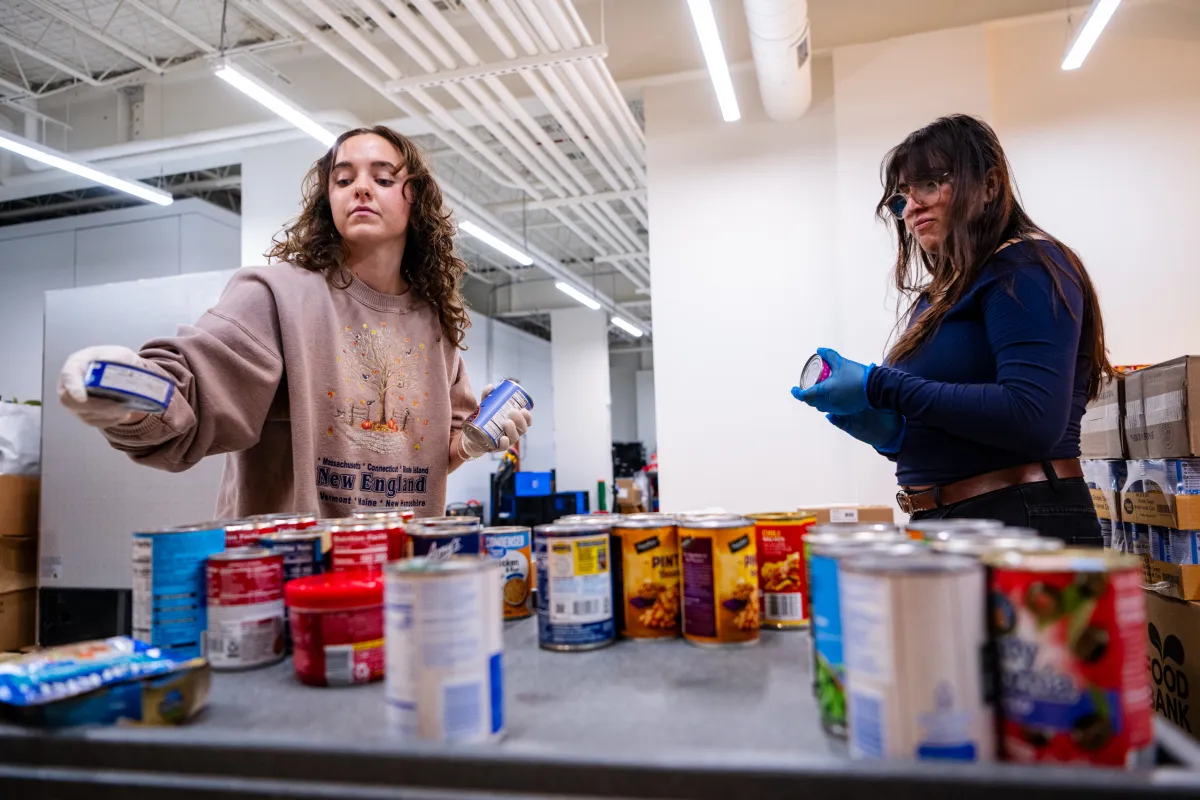Denver, like many cities across the United States, is facing a rising demand for food assistance. Economic challenges, housing instability, and the lingering effects of global events have contributed to increasing food insecurity for many residents. Food banks, which help low-income families survive, are under pressure due to this expanding need. Understanding the factors driving this demand and how food banks in Denver respond is essential to appreciating their role in the community and the ongoing fight against hunger.
The Rise In Food Insecurity
Food insecurity occurs when people lack reliable access to enough affordable, nutritious food. In Denver, several factors have contributed to a rise in food insecurity over recent years. Economic disparities remain one of the most significant drivers. Although Denver has experienced economic growth and development, not all residents have benefited equally. Many low-income families struggle to afford food and housing due to growing living costs and stagnating salaries.
Additionally, the affordable housing crisis in Denver has pushed many families into precarious financial situations. High rent prices force families to make difficult choices between paying for shelter or food, sometimes resulting in reduced food consumption or reliance on less nutritious options. Other challenges, such as unemployment, underemployment, and unexpected expenses, further exacerbate the problem.
Moreover, certain populations in Denver, including seniors, children, and people with disabilities, are more vulnerable to food insecurity. These groups often have limited resources or face barriers to accessing assistance, increasing their reliance on community support services like food banks.
The Vital Role Of Food Banks In Denver
Food banks gather, store, and distribute food to the needy. In Denver, food banks play a critical role in addressing hunger by partnering with local agencies, shelters, and community organizations. These partnerships allow food banks to reach a broad range of people facing food insecurity, including families, seniors, and individuals experiencing homelessness.
One of the strengths of Denver food bank system is its ability to respond quickly and adapt to changing needs. Food banks often organize regular food distributions, mobile pantries, and special programs tailored to meet the unique challenges of their communities. They provide access not only to staple foods but also to fresh produce and nutritious options, helping families maintain healthier diets.
Beyond just food distribution, many Denver food banks also offer additional support services. These can include nutrition education, assistance with applying for government benefits, and referrals to other social services. Food banks assist families in becoming more stable by addressing food insecurity’s fundamental causes and providing holistic support.
How Food Banks Manage Growing Demand?
As the need for food assistance in Denver increases, food banks have faced significant challenges in meeting demand. To manage this growth, many food banks have expanded their operations and innovated their approaches.
One key strategy has been to strengthen partnerships with grocery stores, farms, and food manufacturers to secure more donations and reduce food waste. By saving surplus food from trash, food banks can boost their supply without cost. Additionally, these collaborations help provide a wider variety of food options to recipients.
Food banks also invest in logistics and technology to improve efficiency. Modern inventory management systems, transportation networks, and data tracking enable food banks to streamline their distribution processes and ensure that food reaches those who need it most as quickly as possible.
Volunteer support remains another essential component of food bank operations. Volunteers assist with sorting, packing, and distributing food, helping food banks maximize their reach despite limited resources. Community involvement not only supports the food banks directly but also raises awareness about food insecurity in Denver.
Community Support And Long-Term Solutions
While food banks provide immediate relief to those struggling with hunger, addressing food insecurity requires broader community support and systemic change. Local governments, businesses, and residents help the food system become more egalitarian.
Community donations, both financial and in-kind, are vital to sustaining food bank efforts. These contributions allow food banks to purchase necessary items, expand programs, and reach more individuals. Fundraisers, food drives, and partnerships with local organizations help keep the supply steady.
Additionally, policies aimed at increasing access to affordable housing, living wages, and healthcare can help reduce the underlying causes of food insecurity. Food banks in Denver often advocate for such policies, working alongside other community groups to promote lasting change.
Education is also a powerful tool. By informing the public about the realities of hunger and how they can help, food banks foster a more compassionate and engaged community. Initiatives that teach nutrition, budgeting, and cooking skills empower individuals to make the most of their resources.
Conclusion
Denver’s expanding food aid needs to reflect economic and social issues affecting many families and people. Food banks remain at the forefront of the response, providing crucial support and working tirelessly to meet the increasing demand. Through partnerships, innovation, and community involvement, these organizations strive not only to alleviate hunger but also to build pathways toward long-term stability.









